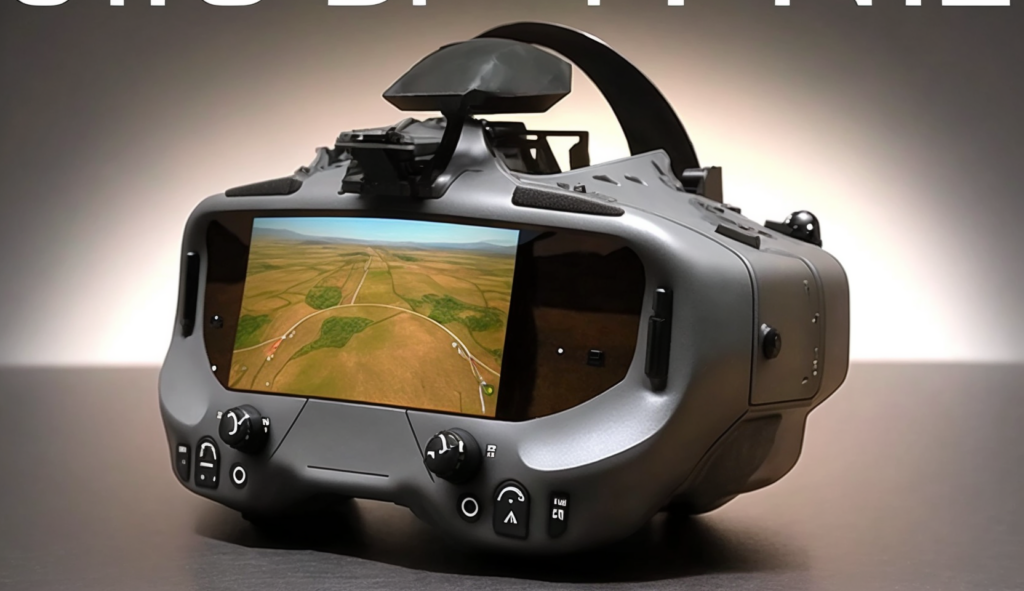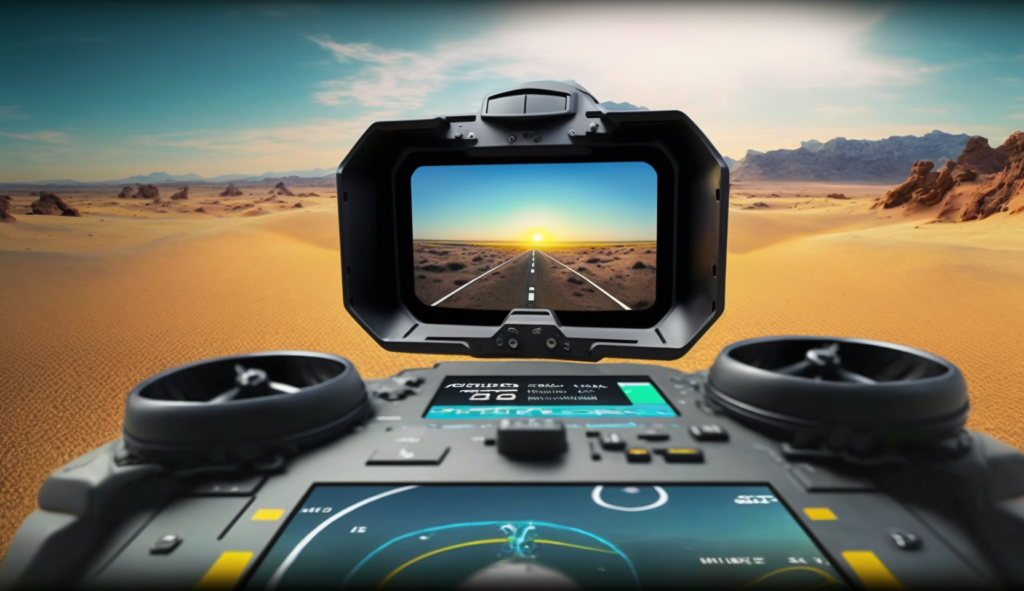Introduction: A World of Possibilities with GPS and Long-Range Drones

The use of drones has become increasingly popular in recent years, opening up new possibilities for various applications, from photography to agriculture and even search and rescue operations. One of the critical factors enabling these new possibilities is integrating GPS technology into long-range drones. This article will delve into the importance of GPS on long-range drones, discussing its various benefits and applications, and how it has revolutionized the world of drone technology.
1. Enhanced Navigation and Positioning
Long-range drones equipped with GPS can accurately determine their position, altitude, and speed, providing more precise navigation and control. This increased accuracy allows for efficient planning and execution of flight paths, ensuring that the drone can effectively cover the desired area without unnecessary overlaps or gaps.
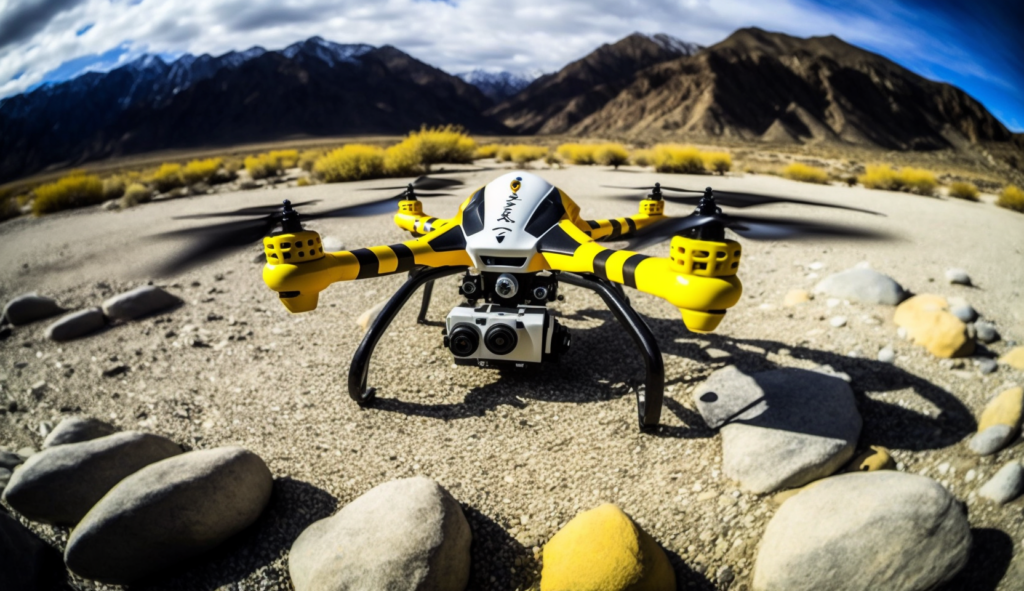
2. Geo-fencing and No-fly Zones
GPS technology allows drone operators to define virtual boundaries known as geo-fences, ensuring that the drone remains within the designated area during its flight. This feature is particularly important for compliance with local regulations and avoiding restricted areas, such as airports and military installations.
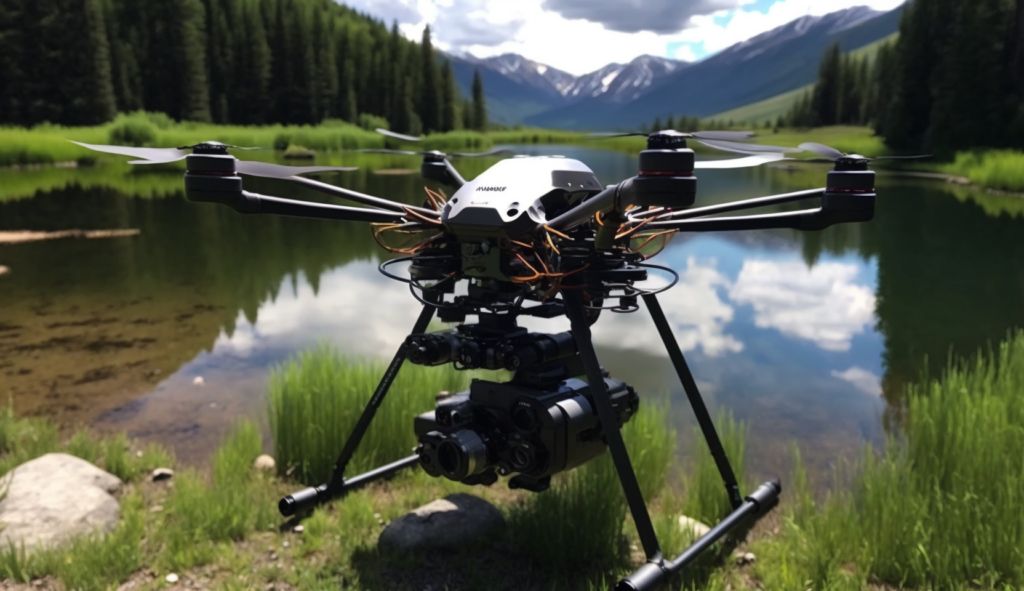
3. Autonomous Flight and Waypoint Navigation
GPS-enabled long-range drones can be programmed to follow specific flight paths or waypoints, providing an autonomous flight experience. This feature is particularly useful for applications like surveying, agriculture, and aerial photography, where precise and repetitive flight paths are required for optimal results.
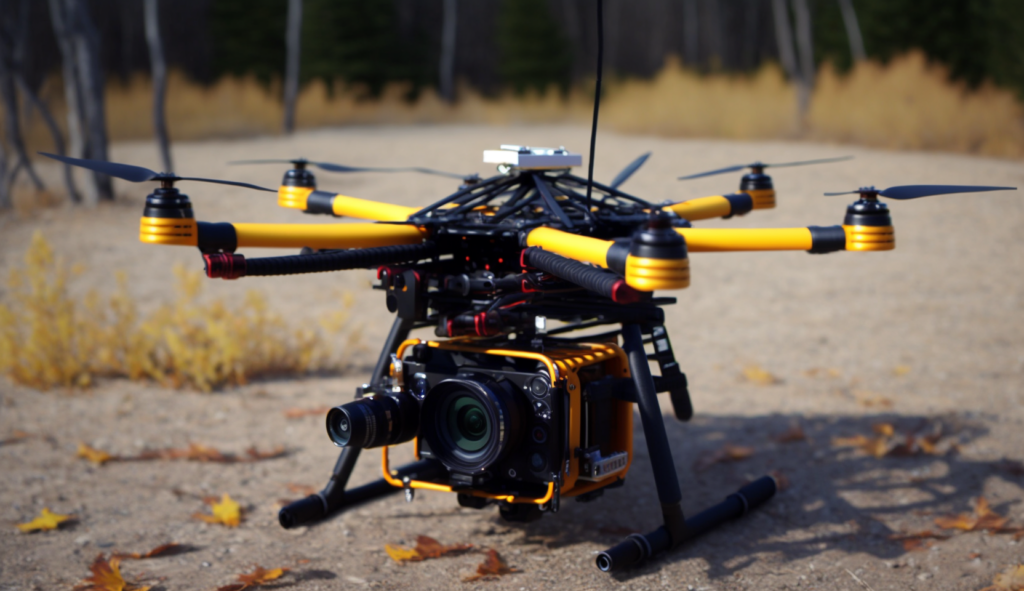
4. Return-to-Home Functionality
The Return-to-Home (RTH) function is a critical safety feature in GPS-equipped long-range drones. In case of signal loss, low battery, or any other emergency, the drone can automatically return to its takeoff point, ensuring the safe retrieval of both the drone and any valuable payload.

5. Enhanced Stability and Hovering
GPS technology enables long-range drones to maintain a stable hover, even in windy conditions. This stability is crucial for applications like aerial photography and videography, where a steady platform is needed to capture high-quality images and footage.

6. Accurate Mapping and Surveying
When equipped with GPS, long-range drones can be used for precise mappings and surveying tasks, such as creating 3D models, topographic maps, and orthomosaic images. This level of accuracy is essential for various industries, including construction, mining, and environmental monitoring.

7. Improved Search and Rescue Operations
GPS-enabled long-range drones are revolutionizing search and rescue operations by providing accurate location information and real-time aerial imagery. This technology enables rescue teams to quickly locate and reach individuals in need, ultimately saving lives and reducing the time and resources required for these missions.
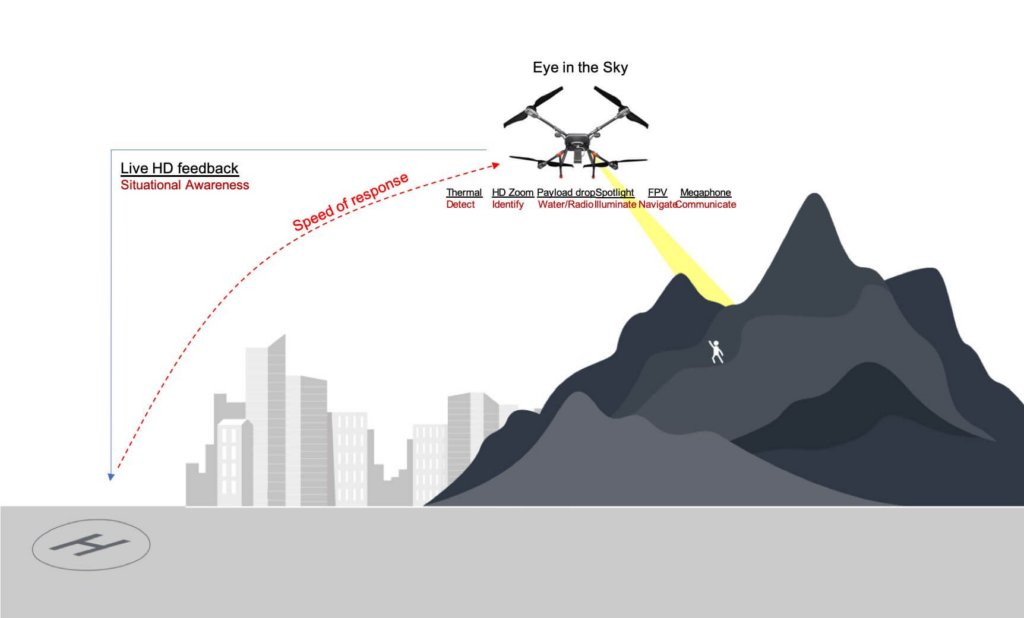
8. Precision Agriculture and Crop Monitoring
Using GPS on long-range drones has significantly impacted the agriculture industry by enabling precision agriculture techniques. Farmers can monitor crop health, assess soil conditions, and apply resources more efficiently, leading to increased crop yields and reduced environmental impact.
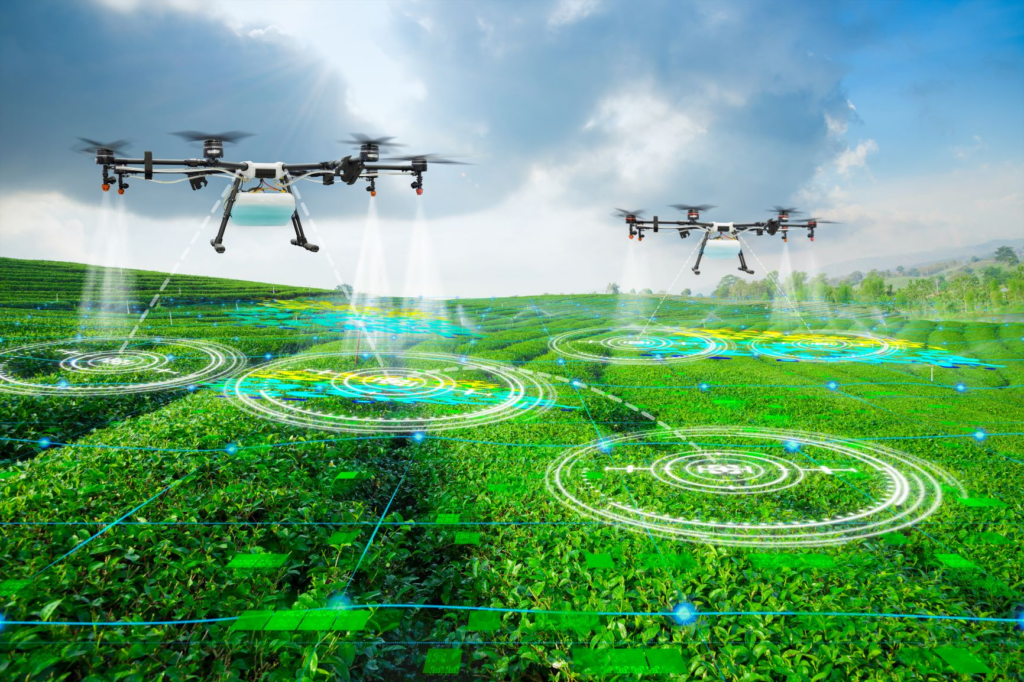
9. Wildlife Monitoring and Conservation
GPS technology in long-range drones has proven invaluable for wildlife monitoring and conservation efforts. Researchers can track and monitor animal movements, assess habitat conditions, and even combat poaching, all while minimizing their impact on the environment and the animals themselves.

10. The Future of GPS and Long-Range Drones
As GPS technology advances, we can expect to see further improvements in the capabilities of long-range drones. Increased accuracy, better reliability, and new features will open up even more possibilities and applications for these versatile tools.
